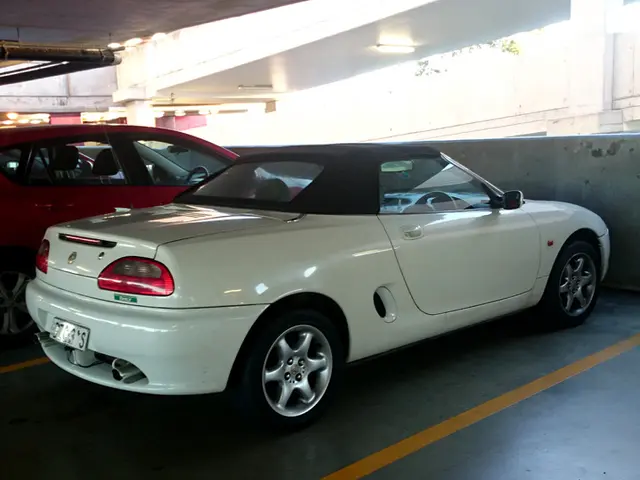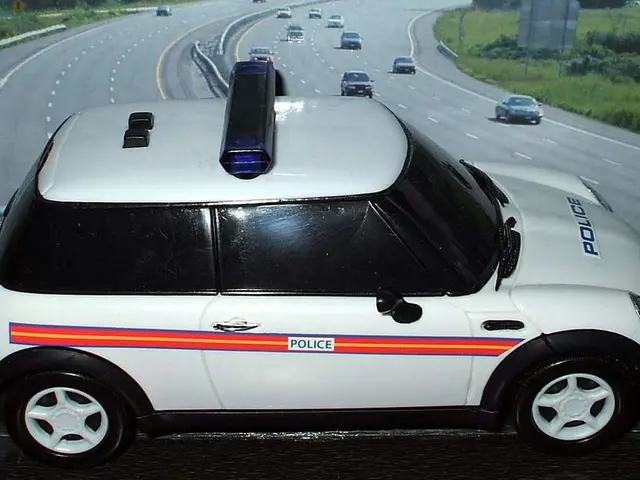Around 225,000 vintage license plates found in Thuringia, Germany - In the German state of Thuringia, over 225,000 instances of reminiscing or longing for past times have been identified.
Over 225,000 Vehicles in Thuringia Carry "Old" License Plates
More than one in six vehicles registered in Thuringia, Germany, are found bearing reinstated former city and district codes on their license plates, according to the Statistical State Office. As of now, the county boasts a total of around 1.52 million vehicles, with approximately 225,000 of them sporting "old" license plates.
The Ilm district takes the lead in this regard, with 38.8 percent of its roughly 74,255 registered vehicles—including cars, motorcycles, and trucks and trailers—displaying either the "IL" code for Ilmenau or the "ARN" code for Arnstadt. The Unstrut-Hainich district follows closely with a 36.6 percent share, with reinstated codes "MHL" for Mühlhausen and "LSZ" for Langensalza being the most common. Rounding off the top three is the Saale-Orla district, with 34.7 percent of vehicles bearing the "PN" code for Pößneck, "LBS" for Lobenstein, and "SCZ" for Schleiz.
On the opposite end of the spectrum, the Weimarer Land district, known for Apolda, shows the least frequent use of old license plates, with just 10.9 percent of its approximately 65,473 vehicles featuring the "APD" code.
While the information does not directly address the number of vehicles with nostalgic license plates, it is worth noting that Thuringia, with its rich cultural heritage and historical landmarks, might be inclined toward classic vehicles due to their historical and aesthetic significance. Areas with strong historical or cultural tourism could potentially see a higher concentration of such vehicles. Districts with favorable regulations or incentives for classic vehicle registration may also contribute to increased numbers. To accurately ascertain the districts with the highest percentage of vehicles with nostalgic license plates in Thuringia, specific data from local vehicle registration authorities or surveys conducted in the region would be needed.
The community policy in Thuringia might need to address the issue of nostalgic license plates on vehicles, considering the high concentration in certain districts like Ilm, Unstrut-Hainich, and Saale-Orla, which could be due to historical and aesthetic significance or favorable regulations. On the other hand, industry sectors like finance and transportation, which are likely to be significant employers in Thuringia, could benefit from an employment policy that encourages the growth of the automotive industry, given the high number of vehicles registered in the region.








